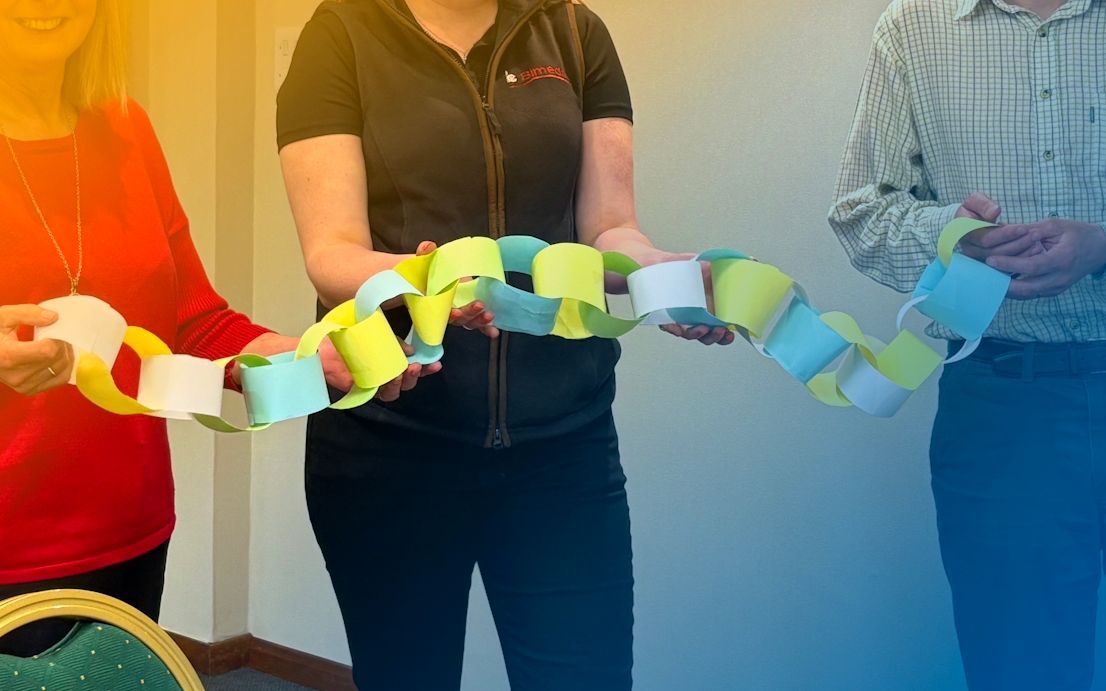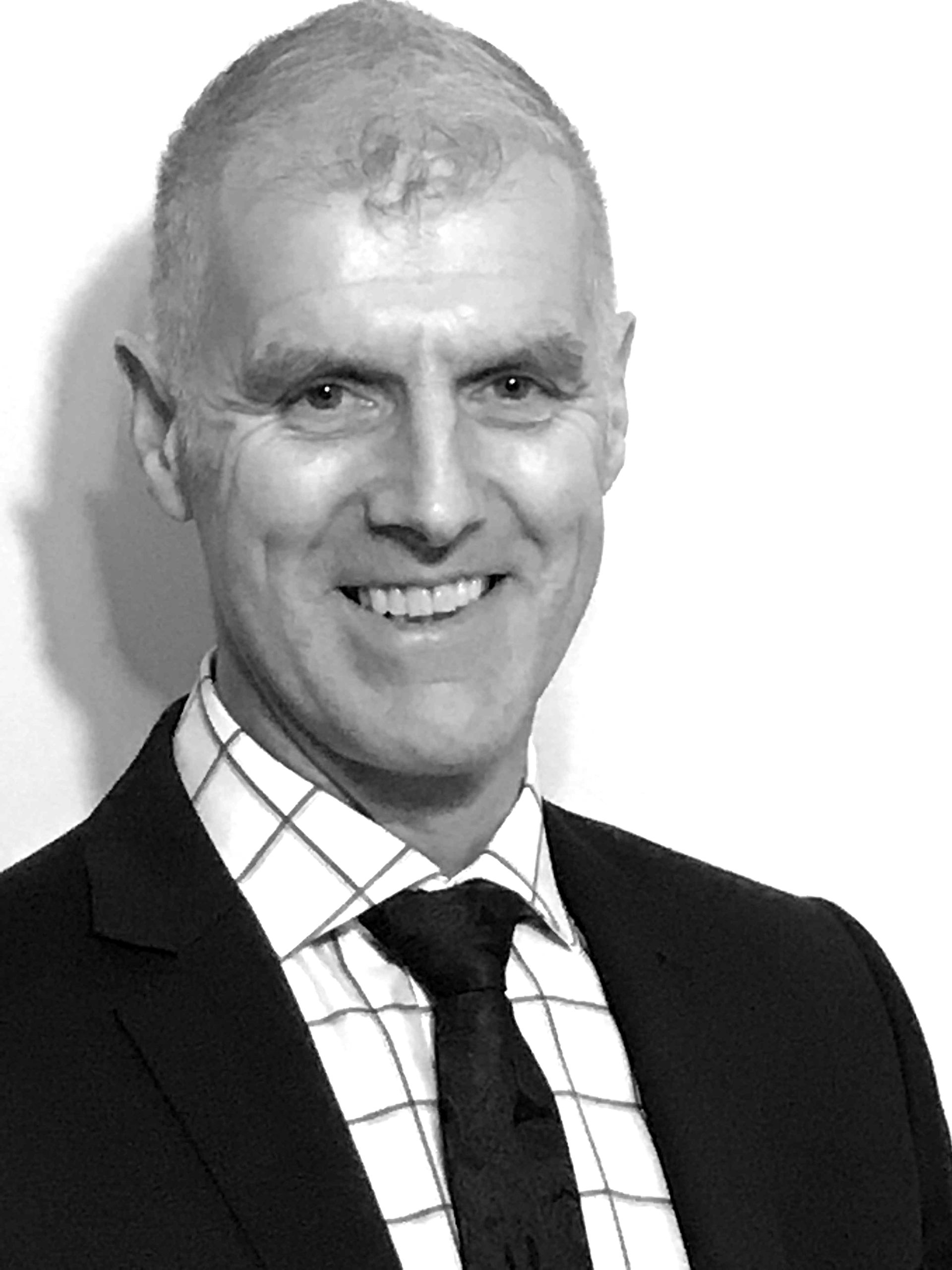Public Speaking – Identifying the Task That Had to Be Performed
Your task description will be the organising principle for the rest of your presentation. Most of what follows will be an account of what you did to complete the task.
One way to come up with a simple, clear task description is to imagine you are writing it for a teenager. How would you describe what you did to someone who knows very little about your work? This can obviously be tweaked depending on the audience, but it is worthwhile remembering that the audience to which you speak will all have their specialities in certain fields. Something that is perfectly evident to you may not be perfectly evident to many in your audience.
This does not mean that a lot of your speech should be taken up by lengthy explanations of what you do. Think of it in a similar way to a film. In most films we have periods of what the directors like to call “exposition”. They lay down the “back story”, telling us why what we are watching had to happen.
Film reviewers are very quick to criticise films which have lengthy spells of exposition, as all we really need are the essential details. We can piece the rest together for ourselves. Take the same approach to explaining the task that you were dealing with. Give the important details and assume a basic level of understanding.
The result of having these brief explanations is that your wider presentation will then be set in a certain context and it is in this context where the things you say will make sense. When you have completed the first draft of the presentation or speech it helps to then read over it and see if it would make sense to someone who is coming to the presentation without the information that you have.
Any terms which give space for confusion can then be explained a little bit better so that the audience can follow the presentation. If any remaining confusion persists, a question-and-answer period can pick that up.
Listing the Actions You Took
If a presentation contains a list of actions, it’s a good idea to present the list on a slide or a flip chart. People have a hard time keeping more than three or four items straight in their head unless they see them displayed.
As you go through the list in your presentation, you can point to each item on your chart or slide. This will make it easier for people to follow along. It will also help people see where you are in your presentation and how much longer it is likely to go on.
It is important to do this for several reasons:
- Firstly, if people are confused as to what exactly will be dealt with – and when – they are liable to lose concentration. Any key points you make in the presentation will resonate less as a result of people wondering what is next.
- Secondly, there will be people in your audience who, although they are keen to listen closely to the presentation, will still wonder when their area of interest will be dealt with. We change how we listen depending on our familiarity with the topic.
- Thirdly, if people are concerned about the length of the presentation, their minds will begin to wander as it passes the point where they would have hoped for it to finish.
Making the audience aware of the structure of your presentation in advance may seem to some like an invitation for them to tune in and tune out as the topics suit. However, having a table of contents allows people to keep concentration.
People will listen to further inform themselves in an area that they are less knowledgeable of.
In their areas of expertise, they will listen not more closely, but differently – giving themselves a chance to contribute after the presentation if necessary.
A good structure does not just help the writer and deliverer of a presentation, but the audience too. It is easier to maintain concentration if one is aware of what they should be concentrating on. This means that you carry the audience with you over the course of your presentation. They will be better informed, reassured and prepared at the end of your presentation than they were at the beginning.
Revealing the Results
Revealing the results of a project involves answering a few basic questions:
- Did the project achieve its goal?
- Were there any unexpected consequences?
- What’s next?
The first question may seem like an obvious one with an obvious answer. Simply put, either it achieved its objective, or it did not. However, any project will have stages of success and stages of failure. In deciding whether a project achieved its goal it is important to refer to the questions and the brief as set out in the introduction to the presentation.
There was a plan to achieve something – did it succeed? If so, did it come through on, or ahead of, schedule? Was any outside help required? And if it failed, did it fall some distance short or was it close enough to be termed a “deferment” rather than a straight failure?
As for unexpected consequences, these can arise in any project. In preparation for a project, it is common to look ahead at potential problems and decide how these can be avoided or addressed. However, the best laid plans can still always run up against unforeseen problems and, for that matter, unforeseen benefits.
These can change the shape of a project and lead to the redrawing of an entire brief. Often the kind of on-the-spot management that is required to handle such a situation can be the difference between success and failure. Any conclusion should deal with these circumstances; how did they arise, and how they were dealt with?
At the end of the presentation, it is safe to say that the audience will be better informed as to the extent of the success or failure of a plan. Naturally, their minds will then turn to the matter of where things will go next. If the business itself has not been wound up, there will be follow-up work to do and starting that work will be the priority.
The question of “What next?” can be answered with reference to the presentation you have just delivered. Everyone will now be clearer on the consequences of the previous months and now is the best time to formulate the next plan of action.






















